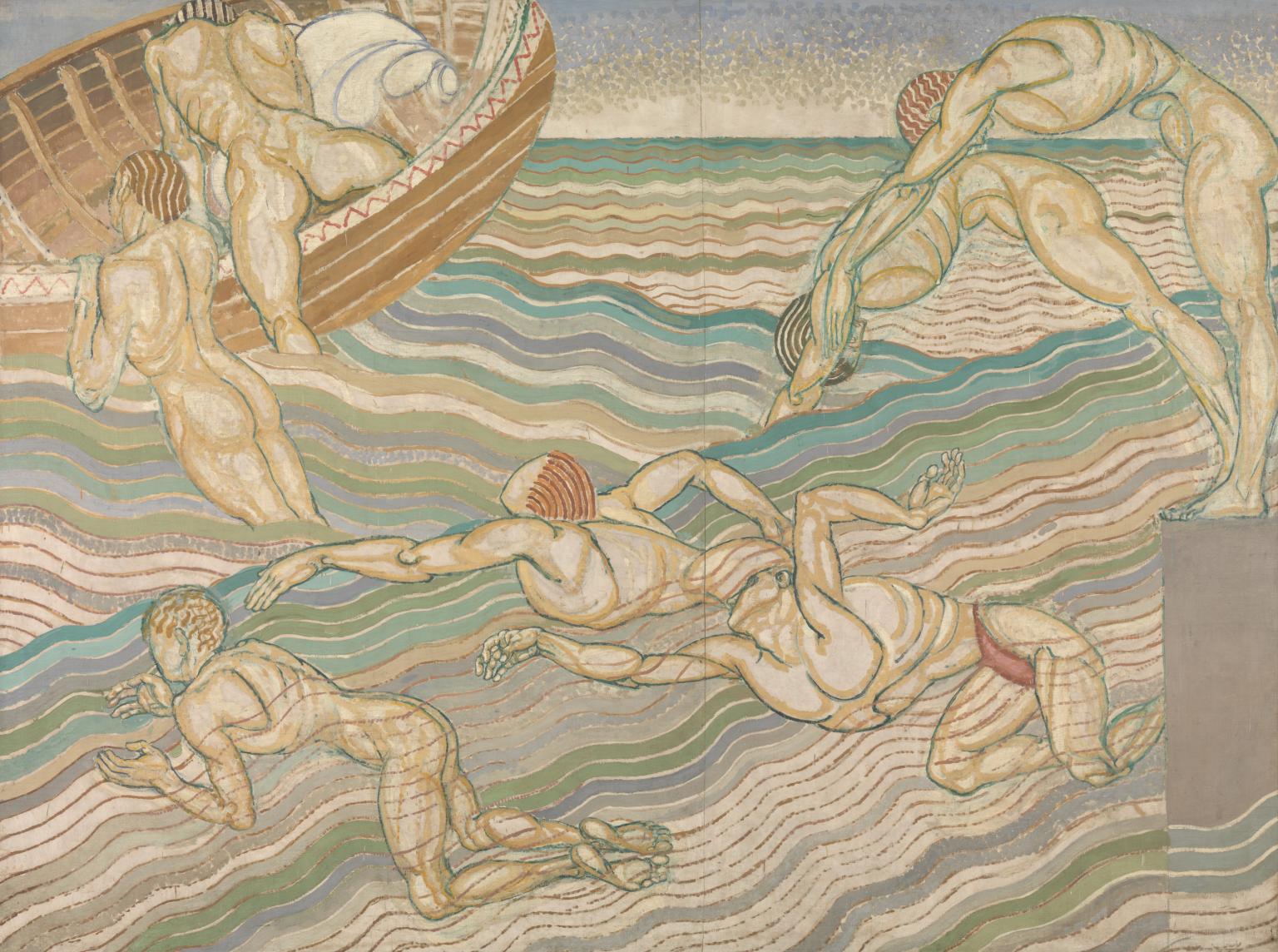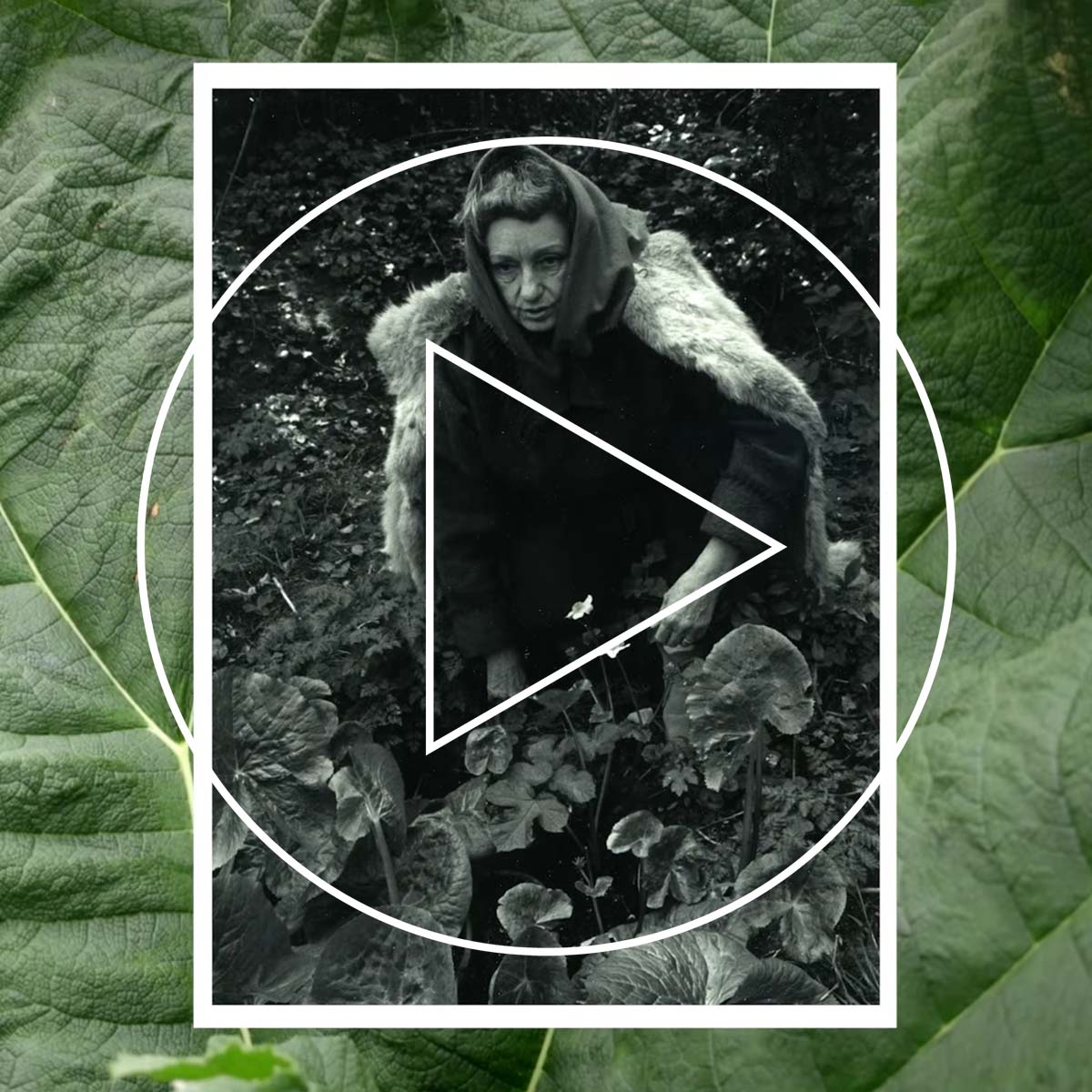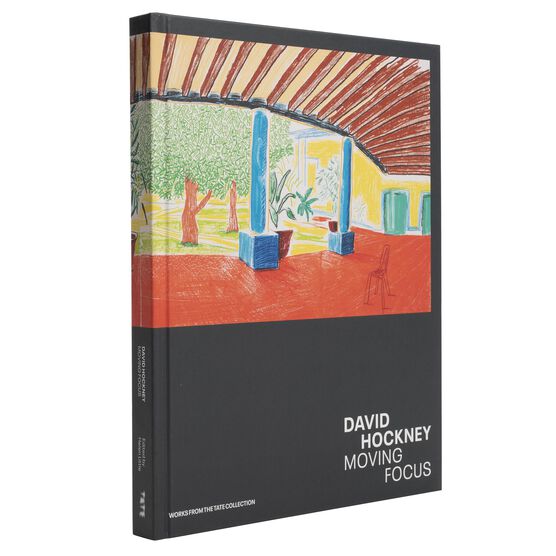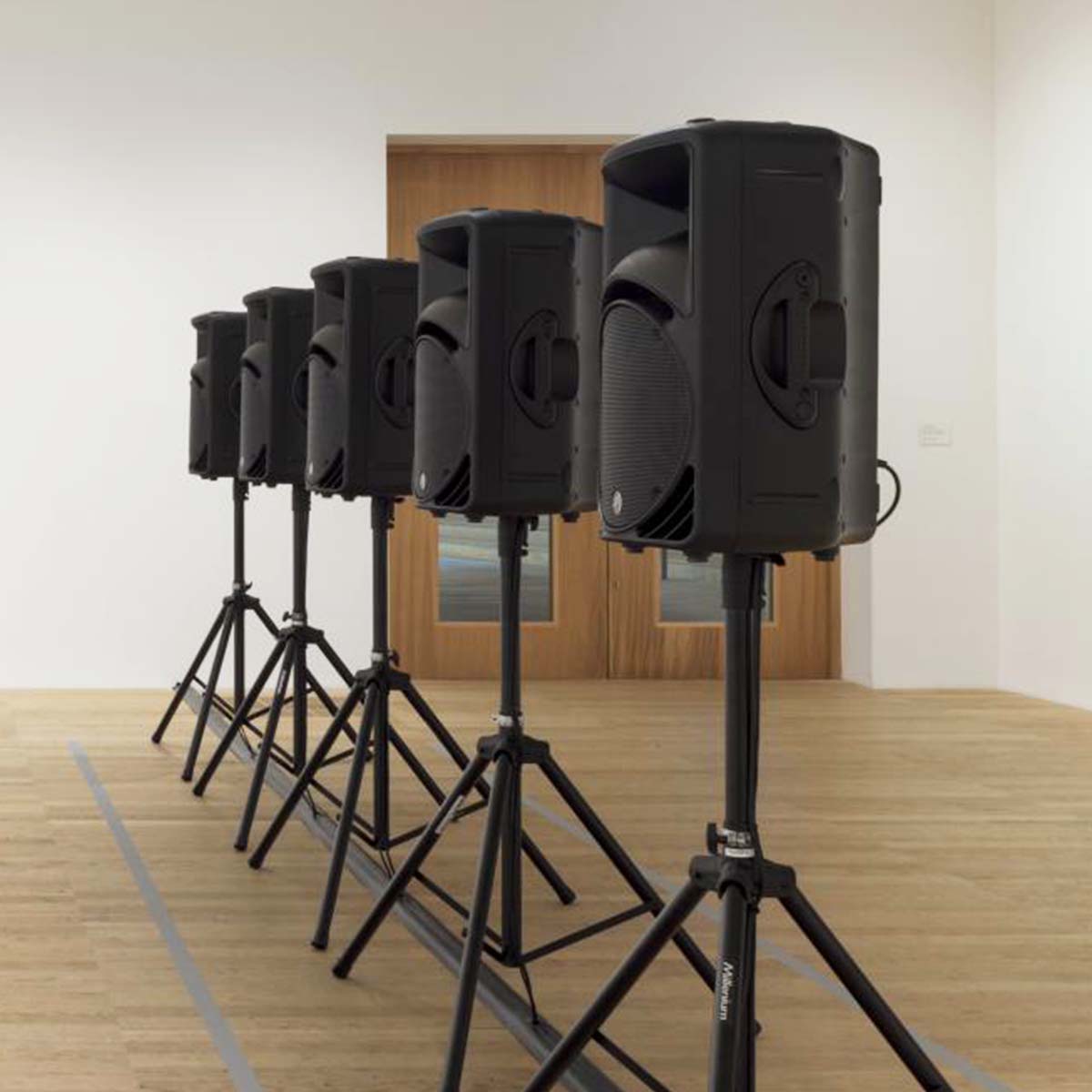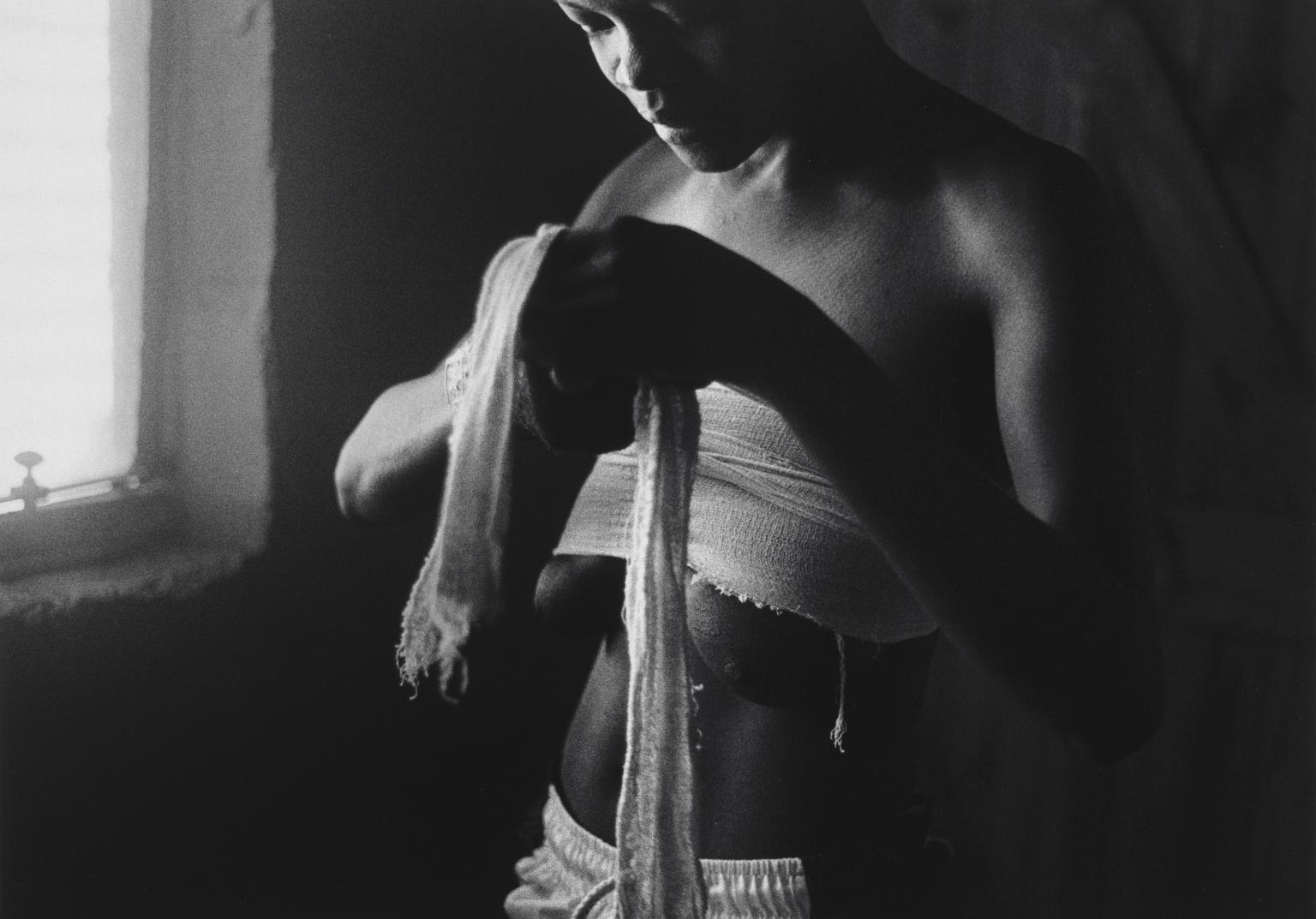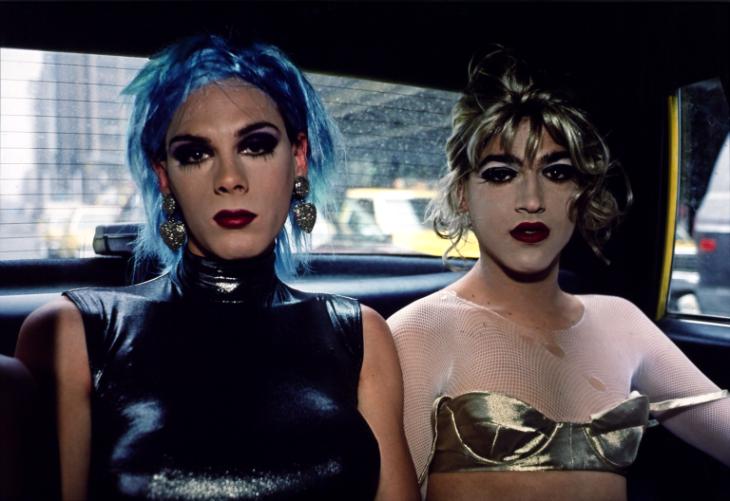Welcome back to Queer History 101!
In our class, we’ve seen a lot of evidence of same-sex relationships between men in premodern times. Indeed, evidence of same-sex relationships between women is often harder to find–especially since historical scholarship on women’s lives was unfairly neglected for centuries.
But Prof. Laura Gowing, who teaches Early Modern History at King’s College London, is illuminating these hidden stories. By combing through unconventional archival material, she’s uncovering some truly fascinating ideas about queerness during that time. I recently sat down with her to talk about her work.
Gowing began researching women’s history in early modern England because “there seemed to be a point where there was a massive gap, which really kind of was the case.” Still, even as she was looking at that history, she was wondering if there was enough archival document to trace lesbian history.
“Now,” she added, “it seems much more possible!”
But those documents can be hard to find. As she explained it, “You’re in a double-bind: not only is it hard to find records that women have actually written–there’s very few women in England during this period who are literate–but you’re also looking for queerness.”
So she turned to legal records, printed books, midwives’ books, and even pornography to find evidence of women who loved other women. There wasn’t much in legal records; there was a lot in midwife’s literature. “It really forces us to think about what gets recorded and what doesn’t get recorded–how an archive itself is a tool of power.”
What remained in the archive, though, revealed some fascinating stories, including how people subverted traditional ideas of gender. “We could call it gender rigidity or sexual fluidity or gender non conformity, but we can't interpret it in the same terms as we use,” explained Gowing.
It’s not quite what we’d call “trans” today, but more of what the scholar Jen Manion has called “trans-ing”: the idea of moving around the gender line given the confines of early modern gender norms. Since clothes were gender-defining, it was easier for women to pass as men by “simply putting on britches.” And since ideas of “biological sex” were still quite flexible and evolving–no one really knew how anything worked–a lot of norms were surprisingly fluid.
Religion played a powerful role in regulating those norms–but for love between women, it actually could be “sort of a facilitating factor.” Since there were no convents or nunneries in England, there weren’t people looking for “suspicious relationships between women,” Gowing said. But those relationships certainly existed.
One example was the 1682 case of Amy Pulter. Two women, having married each other, were prosecuted––not because they were married, but because one of them had already been married to someone else. But then, it turned out that Pulter, the woman who was dressed as a man, was actually switching between dressing as a man and a woman during the length of their relationship! How did she get away with this? Apparently, she said she was a man dressed in women’s clothes! “It's kind of double cross dressing,” said Gowing.
Pulter also declared that she was “no hermaphrodite, nor a person of a double gender.” Gowing was startled: this was the first time she had seen a reference to “gender” in this legal context. “The idea of a hermaphrodite,” she explained, “figures quite heavily in early modern culture and provides a means of talking about sex between two people of apparently the same sex.”
Relationships and friendships between women were interesting not only on a social level, but also on a larger political level. Queen Anne, for example, had a “favorite” (an intimate companion of a ruler), Abigail Masham. That relationship helped Masham network and get ahead, but it also sparked gossip about “dark deeds at night.” As Gowing put it, “Both the everyday aspects of friendship and the more intimate, physical side of it can have a political instrumental, important element to them.”
It’s hard to know exactly what happened in Queen Anne’s rooms at night, or what happened after Amy Pulter left that courtroom. But, as Gowing explained, that’s not the point of queer history. “The point is more to reconstruct the landscape in which queer relationships were perceived, what kinds of relationships people had, and where they might be erotic.”
That idea really struck me: finding queerness in history isn’t about being able to go back in time and “work out how many people are having sex with whom,” in Gowing’s words.
The queering of history lies in the possibility: we don’t have to interpret everything as heterosexual or cisgender, and we don’t have to assume that people thought like we do today. We can only try to study the past through the perspective of the people who lived it and attempt to rebuild their world.
For more of Prof. Laura Gowing's amazing work, see:


